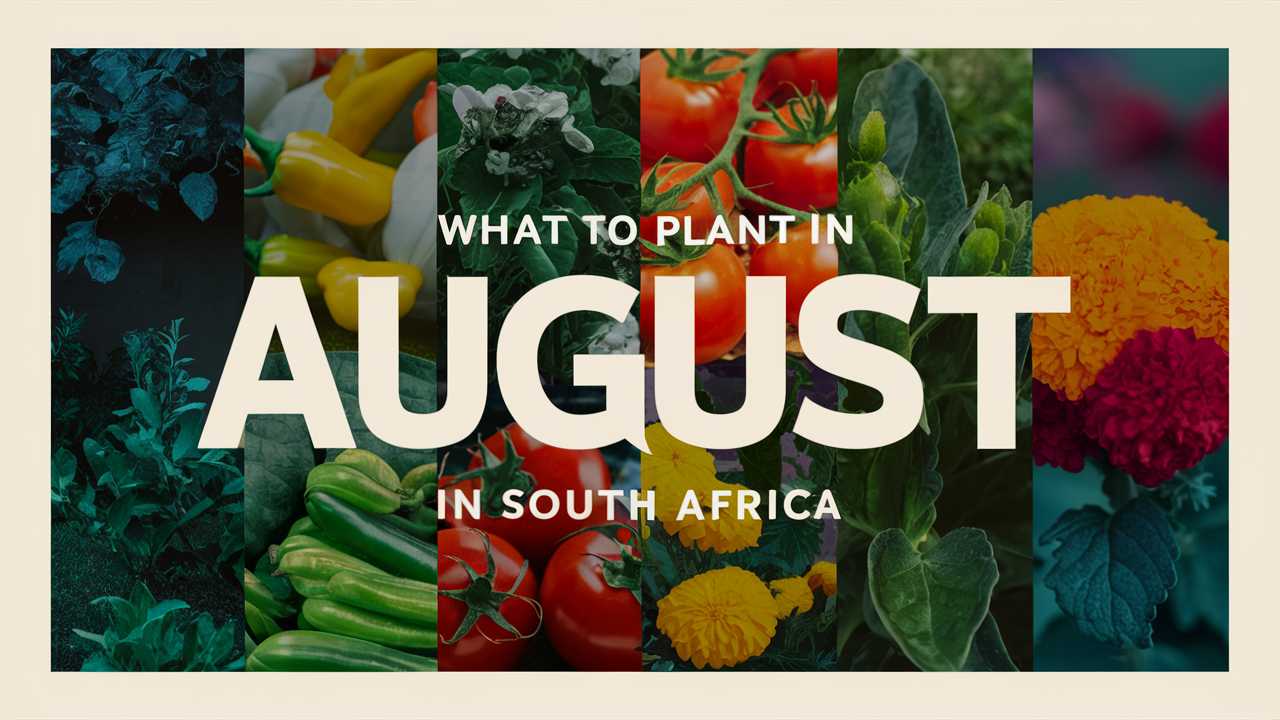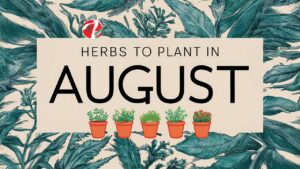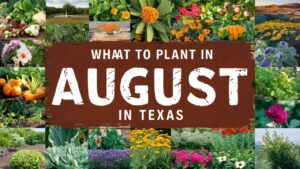This guide will walk your through detailed recommendations on what to plant in August across South Africa, categorizing plants into vegetables, flowers, herbs, and landscape plants.
Vegetables To Plant
In South Africa, the agricultural landscape is incredibly diverse, segmented into various climatic zones ranging from the dry Karoo to the lush coastal regions. The following vegetables are optimal for planting in August, considering their temperature tolerance and suitable regions.
Spinach
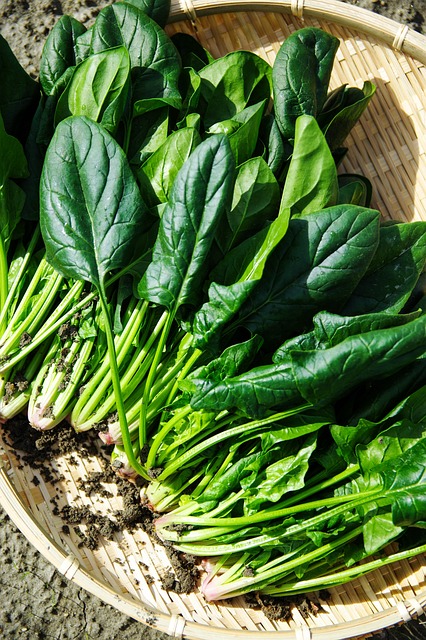
Spinach (Beta vulgaris var. cicla) is a fast-growing leafy green that thrives in the cool weather of August. It prefers temperatures between 10°C to 20°C and can be directly seeded into the garden. Spinach should be planted in well-drained, fertile soil enriched with organic matter.
In regions like the Western Cape and Gauteng, planting can begin in early August. However, in areas like KwaZulu-Natal, it is advisable to wait until late August due to slightly warmer conditions. Spinach is resilient and can handle light frost, making it an excellent choice for early planting.
Broccoli
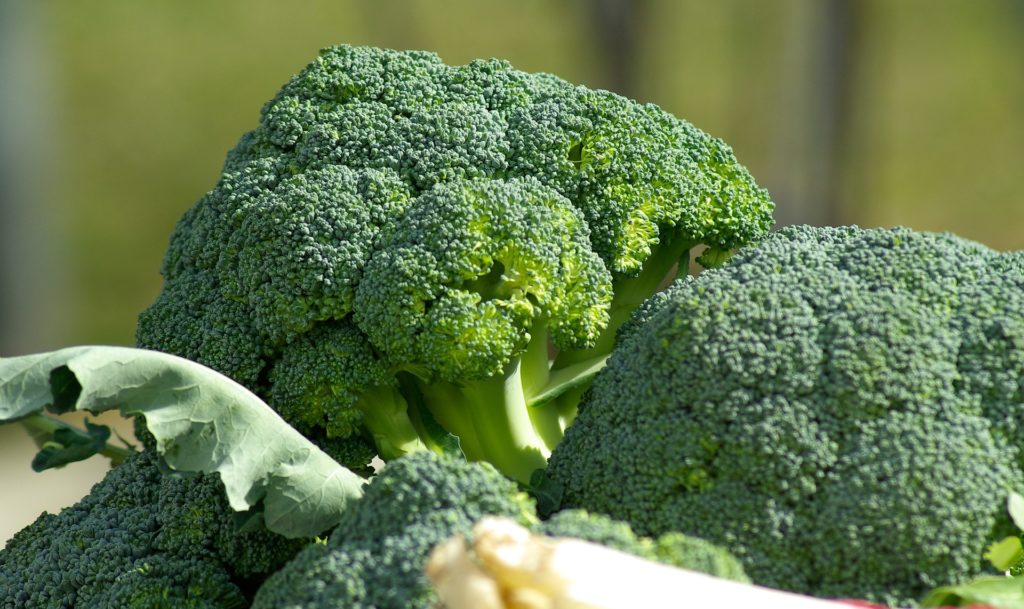
Broccoli (Brassica oleracea var. italica) is a nutrient-rich vegetable that flourishes in the cool season. Best suited for temperatures between 15°C to 22°C, broccoli is typically planted in August for autumn harvests. It requires fertile, well-draining soil and consistent watering.
In regions such as the Eastern Cape and Western Cape, it’s ideal to start seeds indoors or directly sow in the garden by mid-August. The plant can be quite sensitive to extreme heat, so regions with milder climates will yield the best results.
Carrots
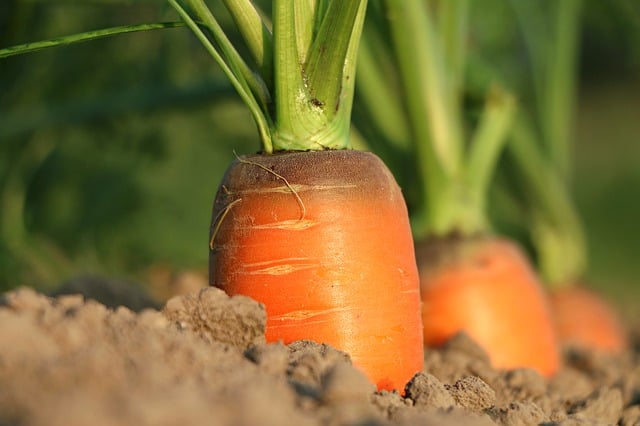
Carrots (Daucus carota) are versatile root vegetables that adapt well to a variety of growing conditions. Started in August, carrots develop well in cooler temperatures, ideally ranging from 10°C to 20°C. They prefer loose, sandy soil for optimal root development.
Planting can commence in most regions of South Africa by late August. However, in the hotter interior areas, mid-August is recommended, while cooler coastal regions can extend their planting window slightly. Carrots take some time to mature and need consistent moisture during germination.
Onions
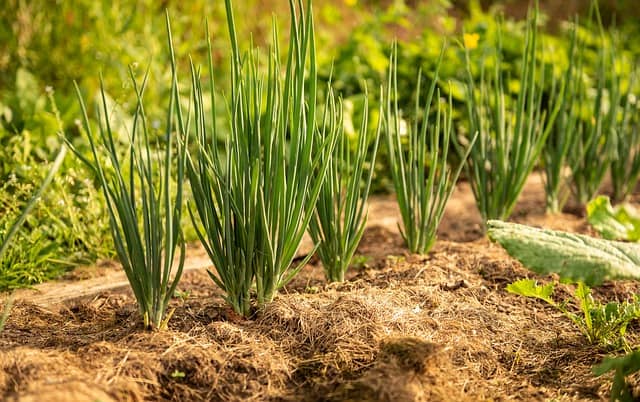
Onions (Allium cepa) are a staple in many South African dishes and can be successfully planted in August. They thrive in well-drained soil rich in organic material and prefer temperatures between 15°C to 25°C.
August is an ideal time to set onion seeds in the ground across most regions, including the Highveld. In more temperate zones, growers should consider using onion sets to expedite growth. Onions can withstand brief cold snaps but should be monitored as they grow to prevent rot in soggy soil.
Cabbage
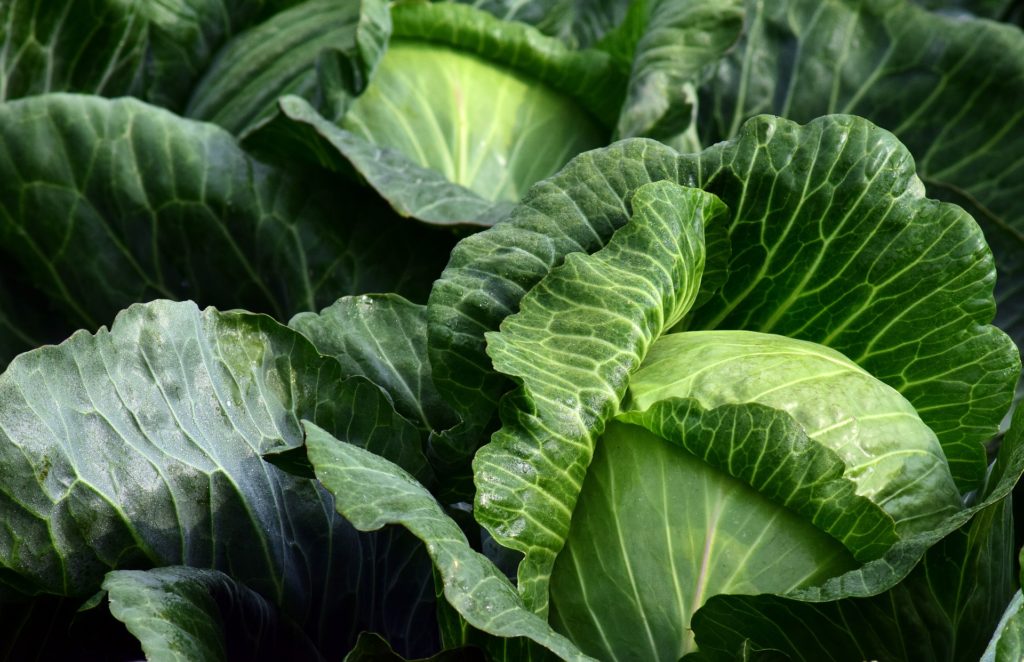
Cabbage (Brassica oleracea var. capitata) is another cool-season crop that can be sown in August. With a preference for temperatures between 10°C and 20°C, cabbage is ideal for autumn harvesting.
Sow seeds indoors or directly into the garden mid-August in areas with milder climates like the Western Cape. The plant prefers well-drained soil and regular watering. One thing to watch out for is pests such as aphids and cabbage worms once they start to sprout.
Beetroots
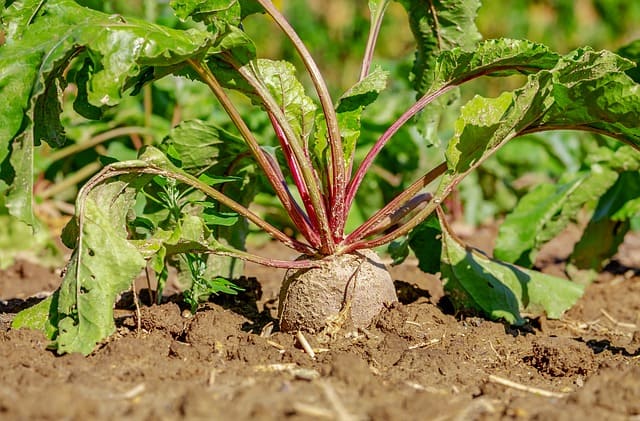
Beetroots (Beta vulgaris) are not only delicious but also add color to your garden. Beets prefer cooler weather, ideally around 15°C to 20°C, making August an excellent month for planting. They thrive in well-drained soil rich in organic matter.
In most regions, including the Gauteng area, seeds can be sown in the ground starting from mid-August. For regions experiencing higher temperatures, it’s best to wait until late August. Beetroots can be harvested once they reach the desired size, usually around eight weeks after planting.
Peas
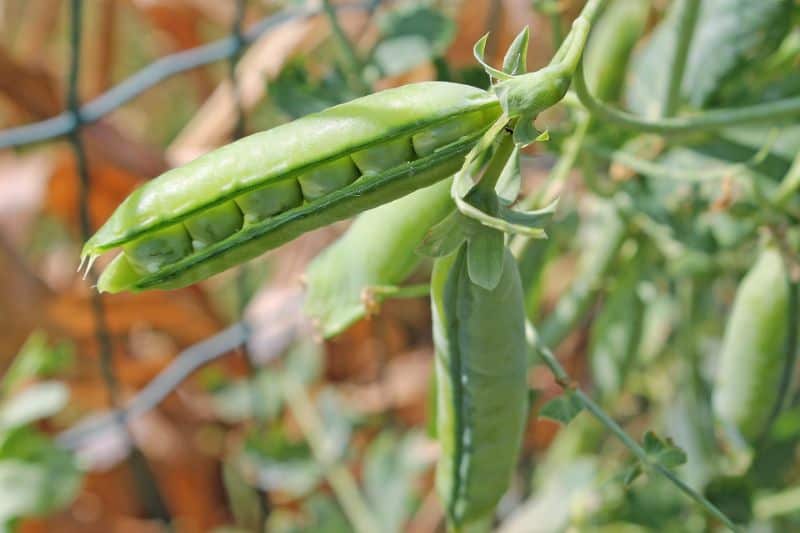
Peas (Pisum sativum) are a delightful garden vegetable that can be planted in August as they prefer cool temperatures. Ideal growing conditions range from 10°C to 20°C, making early spring planting perfect.
For regions such as the Western Cape and parts of the Free State, peas can be sown directly into the garden from early to mid-August. The plants require trellising for optimal growth and yield, especially in warmer climates where they are prone to stress.
Lettuce
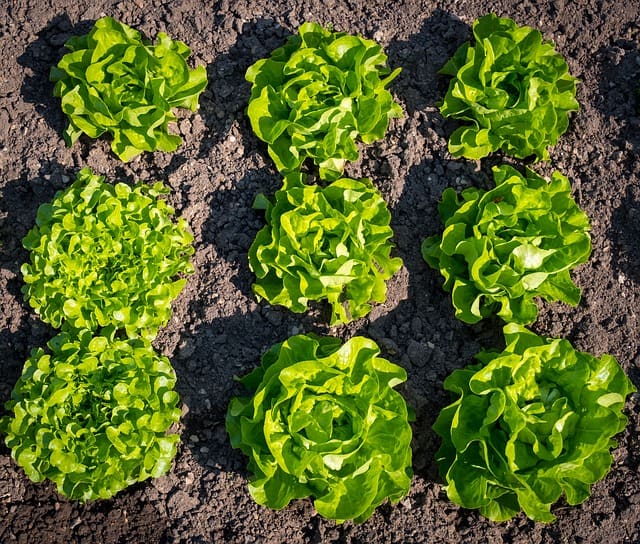
Lettuce (Lactuca sativa), known for its crispy leaves, should be planted in August to take advantage of the cooler growing conditions before summer arrives. Ideal temperatures range from 15°C to 21°C.
In the warmer areas of South Africa, it’s best to plant lettuce seeds in the second half of August. Planting in well-drained soil with plenty of organic matter will yield good results. Regular harvesting of the outer leaves can extend productivity throughout the season.
Radishes
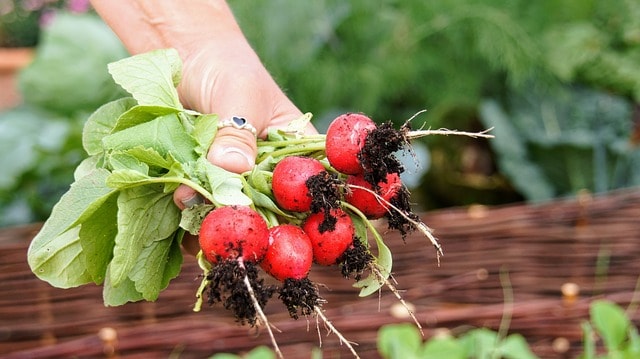
Radishes (Raphanus sativus) are one of the quickest vegetables to grow, often maturing within three to four weeks after planting. With temperature preferences between 10°C and 20°C, they are suitable to sow in August.
In regions like the Highveld, radishes can be directly seeded in early August. Their rapid growth means they can be refreshed every few weeks for a continuous harvest. They prefer light, well-drained soil, and are a great companion plant for other vegetables.
Sweet Corn
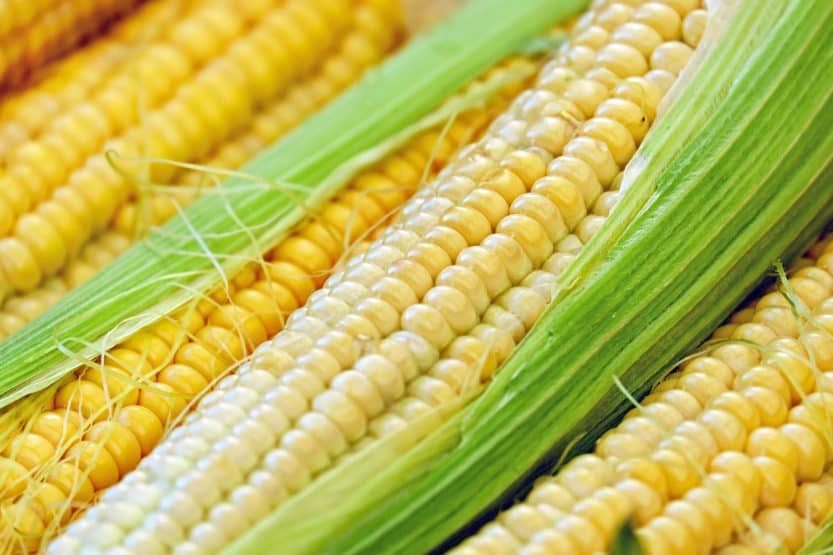
Sweet corn (Zea mays) is warm-season crop introduced later in the spring, but it’s essential to start preparing by planting in August. Corn prefers temperatures ranging from 16°C to 30°C, indicating that it’s best to wait until late August for planting.
In areas such as KwaZulu-Natal and the Eastern Cape, you can sow seeds to ensure maturity by summer. Corn requires spaced planting and well-drained soil to thrive, and it benefits from adequate sunlight and moisture.
Flowers To Plant
August brings the prospect of spring blooms. Planting flowers at this time can enhance any garden’s beauty, attract pollinators, and provide a burst of color as the seasons change. The selected flowers are suitable for various South African regions.
Marigolds
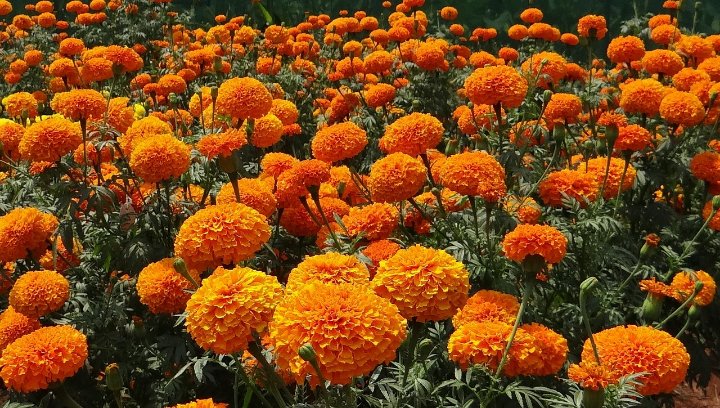
Marigolds (Tagetes spp.) are hardy annuals known for their vibrant colors and adaptability. They thrive in warmer weather, making August an excellent month to start planting. Marigolds prefer sunny locations with well-drained soil.
These flowers can be seeded directly into the garden by the end of August in most regions, including Gauteng and the Western Cape, where the risk of frost is low. They are relatively resistant to pests and can even provide some pest control for nearby vegetable crops.
Petunias
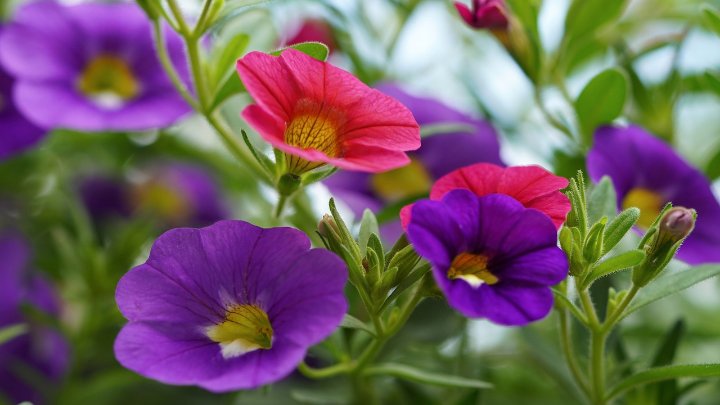
Petunias (Petunia spp.) are popular summer annuals that bloom profusely and add a splash of color to gardens and containers. They thrive in temperatures ranging from 15°C to 25°C, making late August the perfect planting time.
In the warmer coastal areas such as KwaZulu-Natal, seedlings can be planted to ensure a vibrant display before the onset of hot temperatures. They do well in well-drained, loamy soils and require regular watering while becoming established.
Cosmos
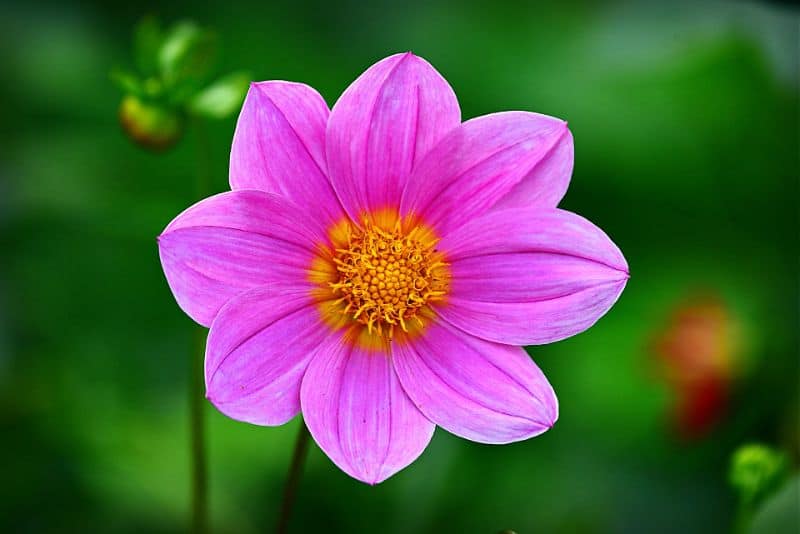
Cosmos (Cosmos bipinnatus) bring cheerful daisy-like flowers to any garden. These resilient plants flourish in warm weather and can be sown directly into the ground from mid-August onwards in regions with milder climates.
In places like the Eastern Cape, where temperatures start rising, cosmos make a great addition to borders and wildflower gardens. They prefer sunny locations and can thrive in many soil types, though well-drained and moderately fertile soils are best.
Sunflowers
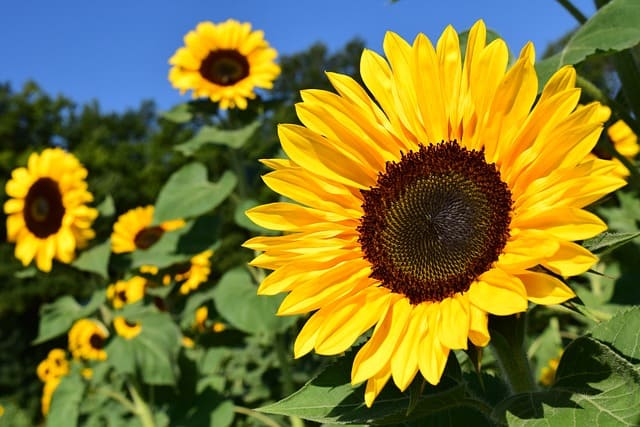
Sunflowers (Helianthus annuus) are a must-have in any garden, especially for their height, texture, and sunflower seeds. Targeting planting in late August allows for growth before the hot summer months.
In sunny areas such as the Free State, sunflowers can be planted directly into the soil once frost warnings have passed. They prefer full sun and well-drained soil and can provide a stunning visual effect while attracting beneficial pollinators.
Zinnias
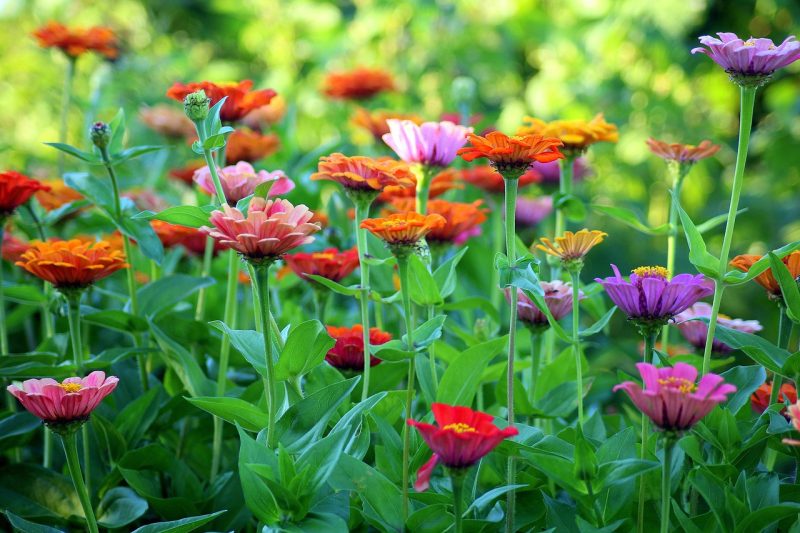
Zinnias (Zinnia elegans) are known for their durability and bright colors, flowering readily in warm weather. They are best planted at the end of August when soil temperatures begin to warm in areas such as Gauteng and the Western Cape.
They thrive in well-drained soil and full sunlight, and their drought tolerance makes them an excellent choice for water-wise gardens. Zinnias can bloom continuously throughout the summer, making them a great long-term investment for your flower beds.
Geraniums
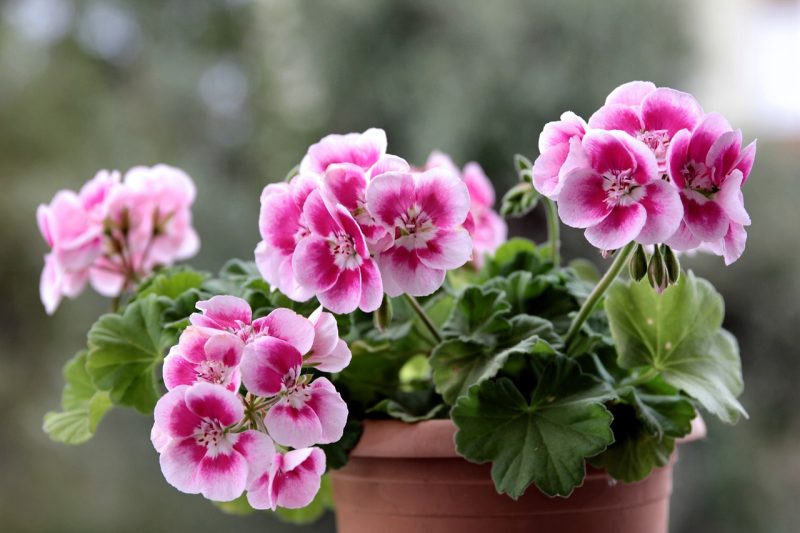
Geraniums (Pelargonium spp.) are versatile and popular flowering plants with fragrant foliage and vibrant blooms. They thrive in warmer temperatures (above 15°C) and can be planted in August throughout much of the country.
In regions where winters are mild, such as the coastal areas of the Western Cape, geraniums can be started indoors for earlier blooms. They require good drainage and can be used in both beds and containers, providing a delightful display throughout the growing season.
Salvia
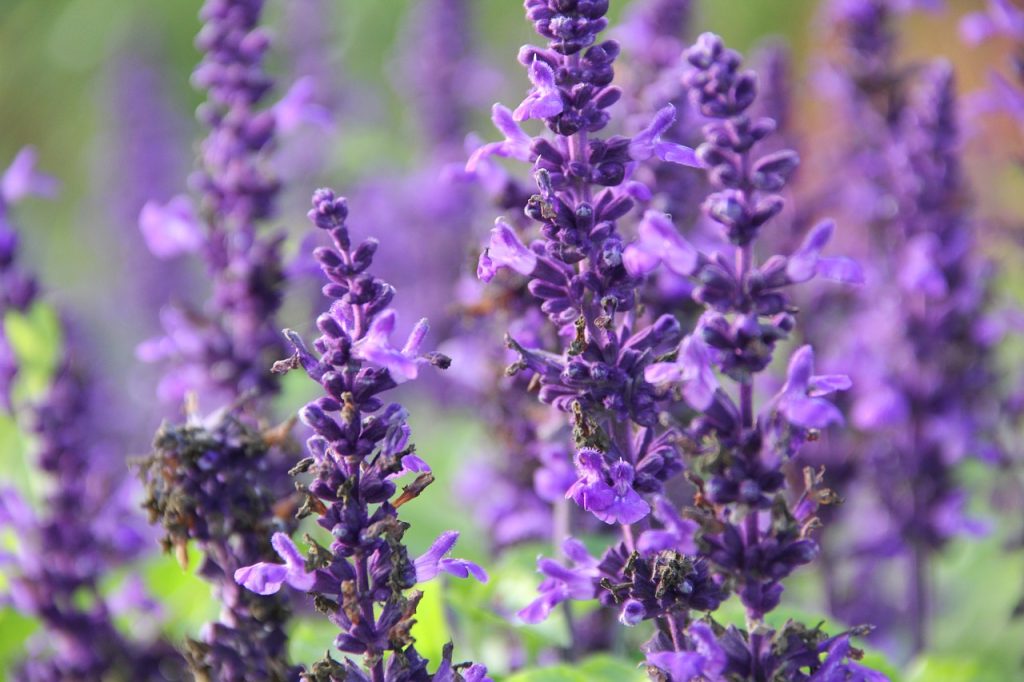
Salvia (Salvia spp.) is another great flowering addition for gardens, offering beautiful spikes of color from spring through to fall. They thrive in sunny spots and prefer well-drained soil.
Plant salvia in late August after the last frost in warmer areas. They attract pollinators and can provide a long-lasting show of color, making them a useful addition to perennial borders or pollinator gardens.
Larkspur
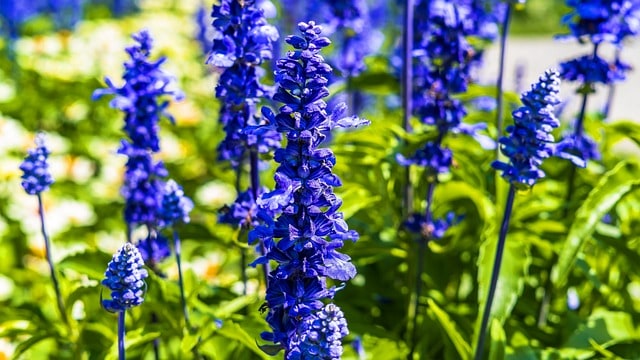
Larkspur (Consolida spp.) adds a touch of elegance with its tall spikes of blue, purple, or white flowers. Ideal for planting in the cooler months, it can be seeded in late August.
In temperate regions such as the Gauteng area, larkspur can be sown directly into the garden. They prefer well-drained soil and full sun to grow robustly. Their seeds can be sensitive to heat, making early planting crucial for successful blooms.
Aster
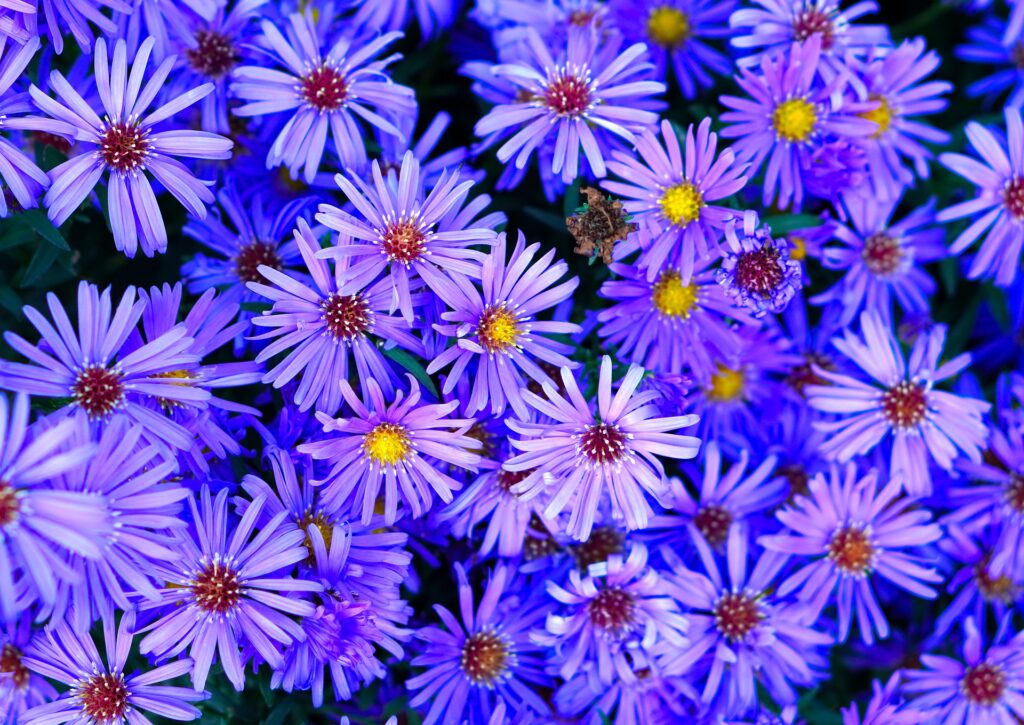
Asters (Aster spp.) are perennial flowers known for their star-shaped blooms and ability to attract butterflies. August is a prime time for planting. Best suited for cooler climates, asters should be placed in well-draining soil.
In the midlands, where temperatures are still mild, aster seeds can be started in the ground or indoors. They thrive in sunny locations and can be an asset to late summer gardens, providing color and attracting pollinators.
Herbs To Plant
Herbs enhance both culinary creations and gardens with their aromas and flavors. August in South Africa yields an excellent planting window for various herbs suited to different regions.
Basil
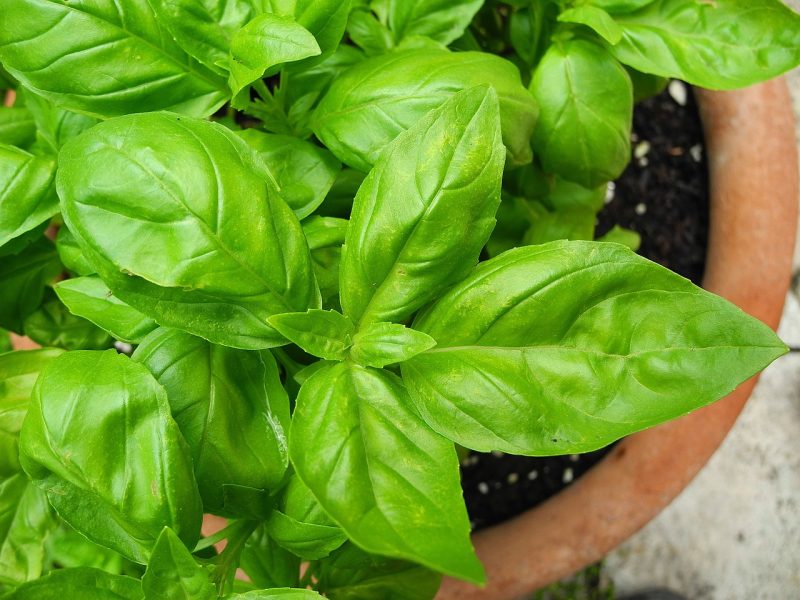
Basil (Ocimum basilicum) thrives in warm conditions, with ideal temperatures ranging from 20°C to 30°C. In warmer coastal areas like Durban, basil can be seeded directly in pots or garden beds at the beginning of August.
It will flourish in well-drained soil, provided it gets plenty of sunlight. Basil is also great for companion planting with tomatoes and peppers, enhancing the flavor of crops while deterring pests.
Chives
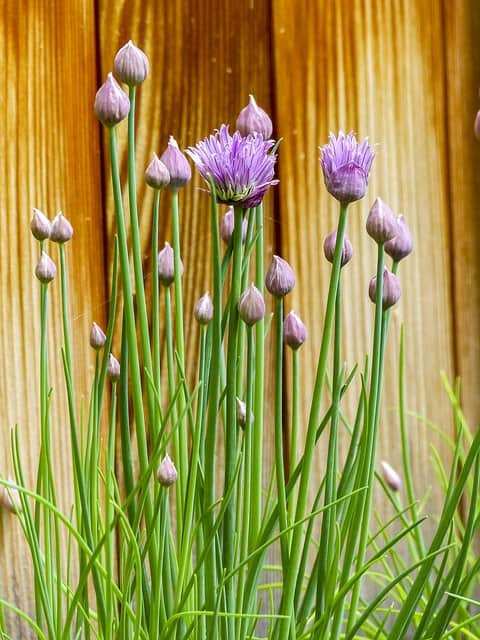
Chives (Allium schoenoprasum) are perennial herbs that can be sown in cooler temperatures, ideally around 10°C to 20°C. In August, regions like Gauteng can seed chives directly into the garden or start them indoors for an early spring harvest.
This herb tolerates frost and will thrive in well-drained soil with plenty of sunlight. Chives can also provide an added flavor boost to a variety of dishes, making them a kitchen staple.
Thyme
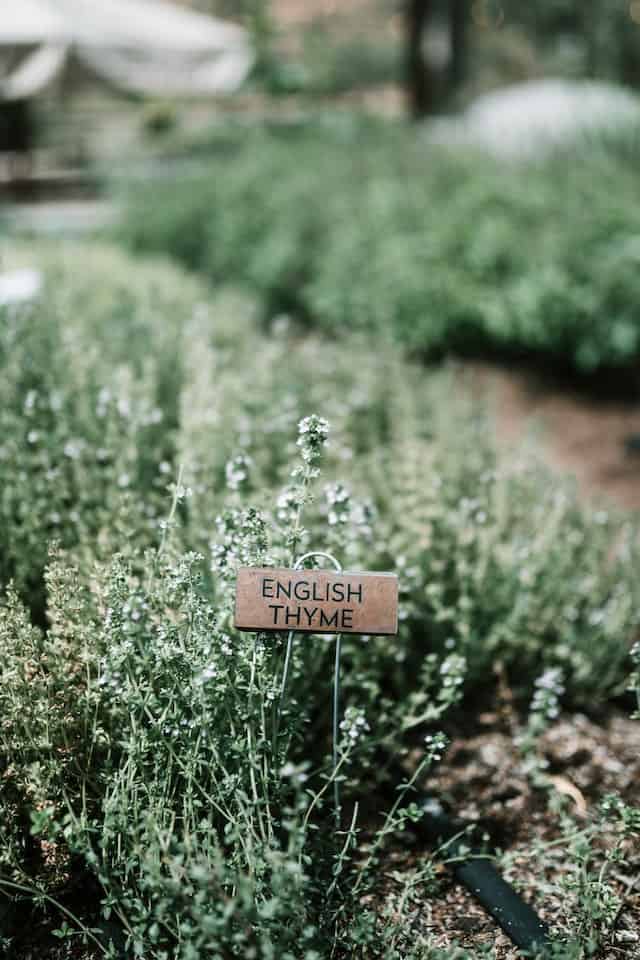
Thyme (Thymus vulgaris) is a perennial herb that loves well-drained soil and prefers sunny spots. Plant thyme in August, particularly in drier areas such as the Karoo, where the warm temperatures will suit its growth.
It requires minimal water once established and can endure moderate drought, making it an excellent choice for water-wise gardens. Thyme can also serve as ground cover, enhancing garden aesthetics while being functional.
Oregano
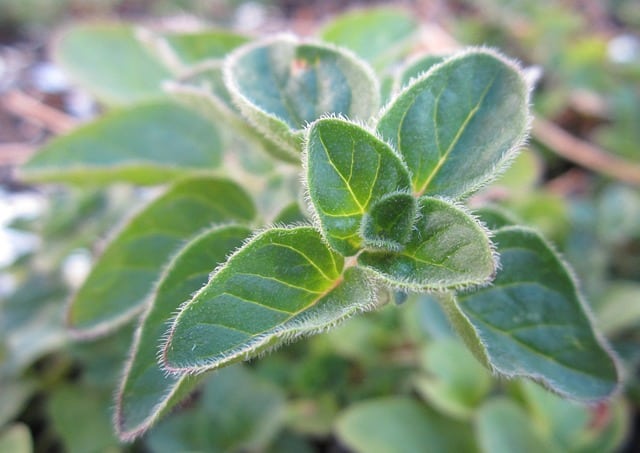
Oregano (Origanum vulgare) flourishes in well-drained soil and sunny conditions, making it ideal for planting in August. It thrives in temperatures ranging from 20°C to 30°C, suitable for regions like the Free State and Northern Cape.
Start oregano from seeds or transplants, ensuring they receive sufficient sunlight. This herb is drought-tolerant and can perform well in poor soil conditions, making it an easy maintain option for beginners.
Coriander
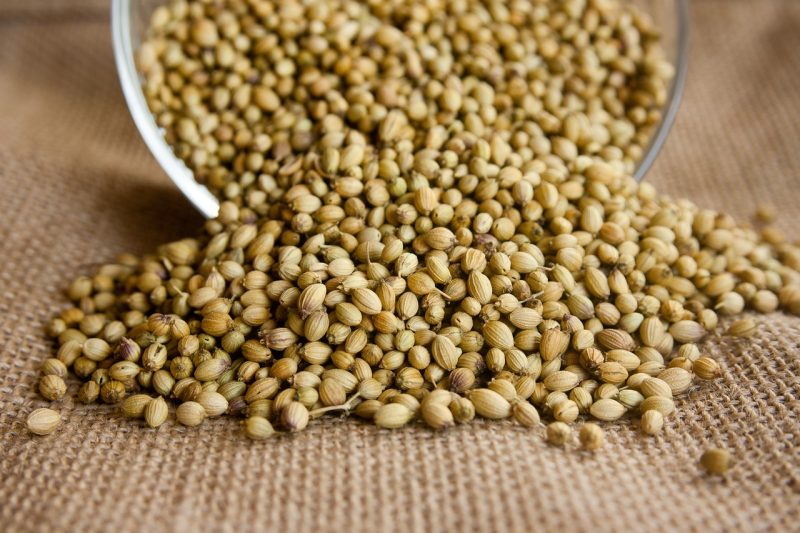
Coriander (Coriandrum sativum) is a versatile culinary herb that thrives in cooler temperatures ranging from 15°C to 25°C. It can be sprinted in mid-August as the temperature begins to rise in warmer regions.
In areas such as Gauteng and KwaZulu-Natal, regular sowing will provide continuous harvests over several weeks. Coriander prefers well-drained soil but will not thrive in extremely hot conditions, so early planting is crucial.
Dill
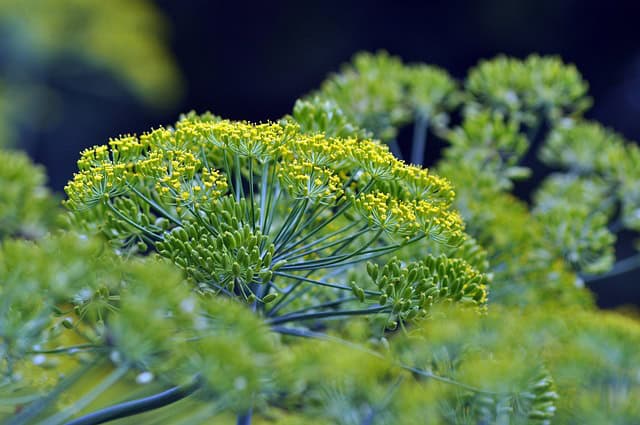
Dill (Anethum graveolens) is another herb that can be planted in August for a spring harvest. It thrives at temperatures between 15°C to 20°C and is well-adapted for most temperate climates in South Africa.
Sow dill directly into well-drained soil in sunny spots. It grows quickly and can be harvested in about eight weeks. Dill also attracts beneficial insects, making it an excellent companion plant for a varied garden.
Mint
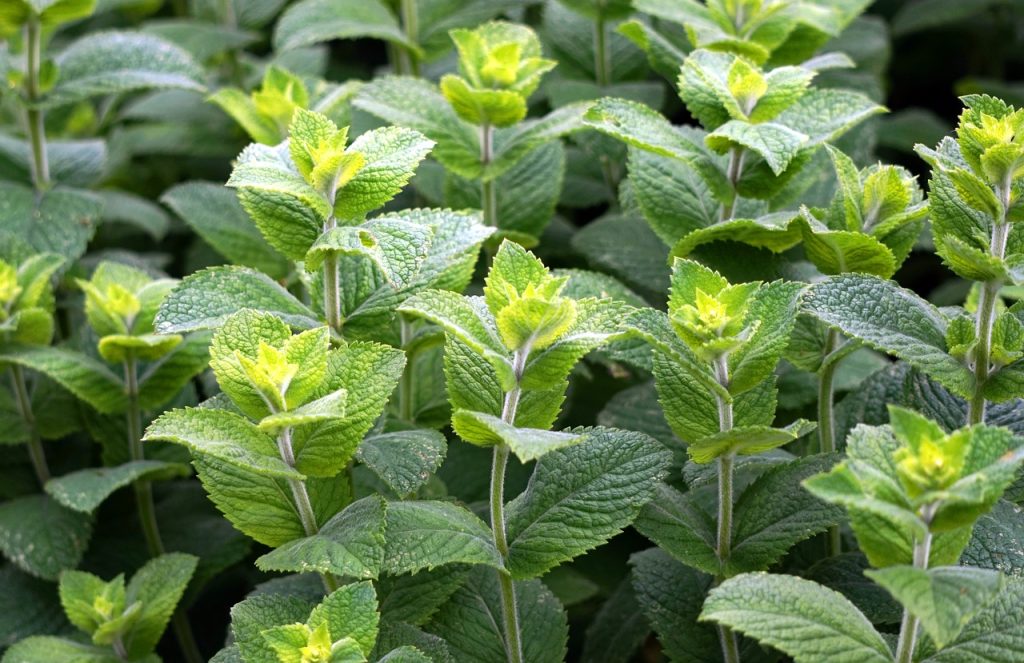
Mint (Mentha spp.) is a vigorous herb that can also be planted in August. It prefers temperatures around 15°C to 25°C and thrives in rich, moist soils. Due to its invasive nature, it’s best to plant mint in pots or contained areas.
Regions with cooler temperatures, such as the Cape Town area, may provide optimal conditions for mint growth. Regular moisture is essential for the plant’s health, and it can adapt to slight shade without compromising flavor.
Sage
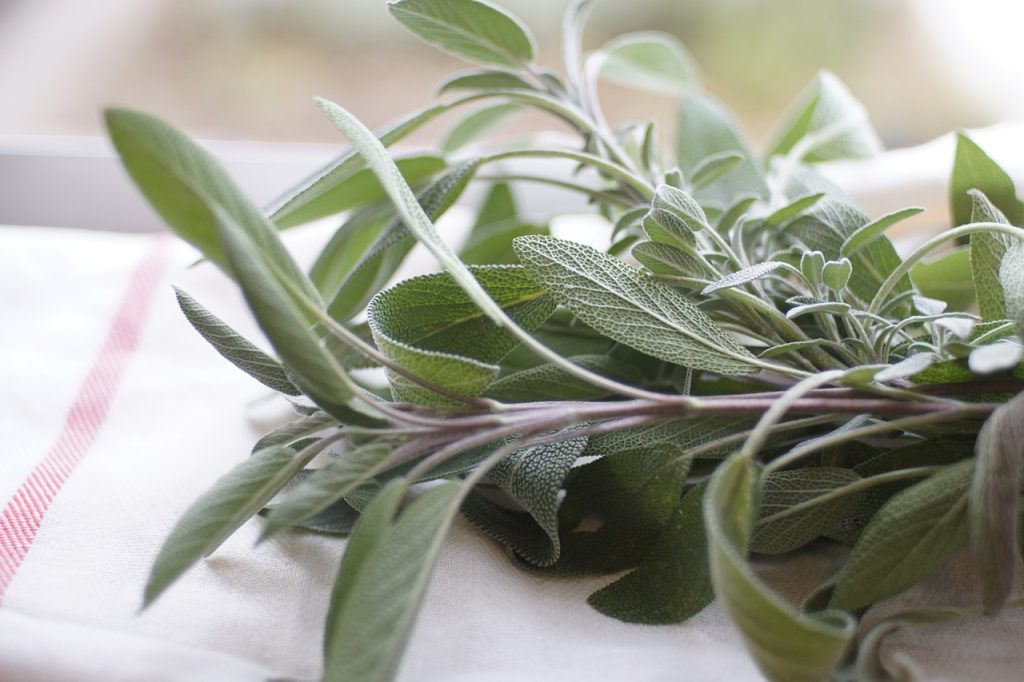
Sage (Salvia officinalis) is a hardy perennial herb that can be planted in late August, particularly in warmer regions. It thrives in well-drained soil and full sun, preferring temperatures from 20°C to 30°C.
Once established, sage requires minimal watering and can perform well even in less fertile soils. It pairs beautifully with meats and provides a beautiful floral display when allowed to flower.
Parsley
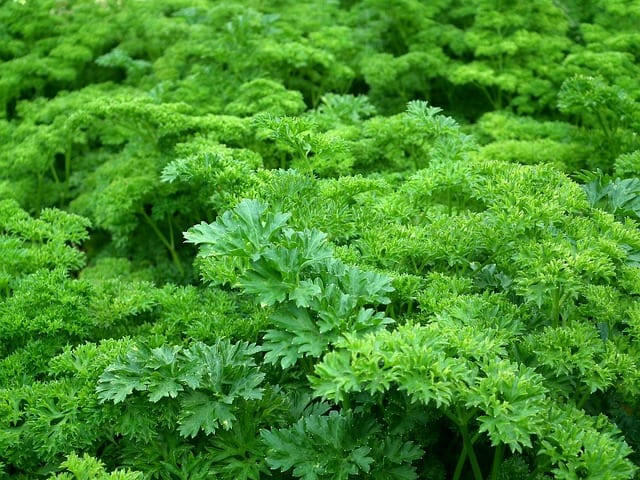
Parsley (Petroselinum crispum) is a biennial herb that prefers cooler planting times. It can be sown in August in many regions, particularly the Western Cape and highland areas, where temperatures are moderate.
Growing parsley may take a little longer, but once it starts germinating, it can provide a continuous harvest for months. Parsley appreciates well-draining soil enriched with organic matter, aiding its growth and flavor.
Landscape Plants To Plant
Lastly, landscape plants provide structure, beauty, and habitat in gardens. August is the perfect time to plant many perennial shrubs and trees that will add long-term value to your landscape.
Lavender
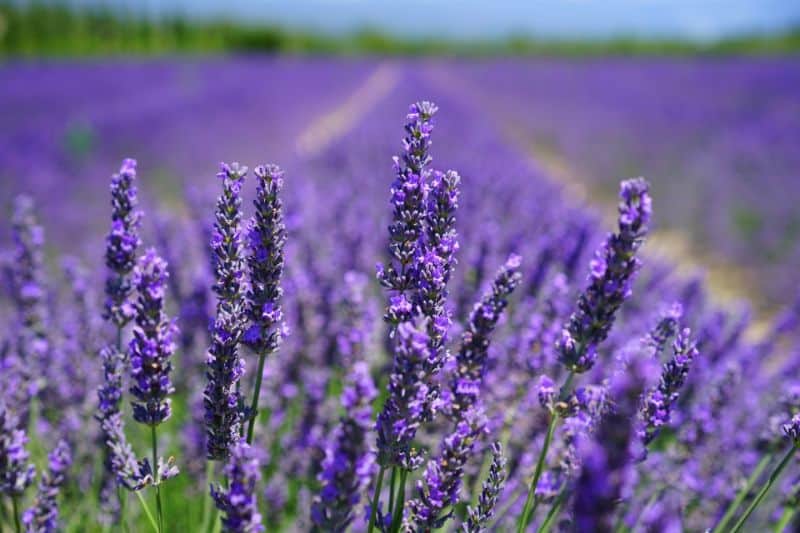
Lavender (Lavandula spp.) is a beloved perennial known for its aromatic properties and attractive flowers. It thrives in well-drained, sandy soil and requires full sunlight, making it well-suited for the drier regions of South Africa.
August is an appropriate month for planting lavender, particularly as soil warms up. Once established, it requires minimal water, making it a fantastic choice for drought-tolerant designs.
Bougainvillea
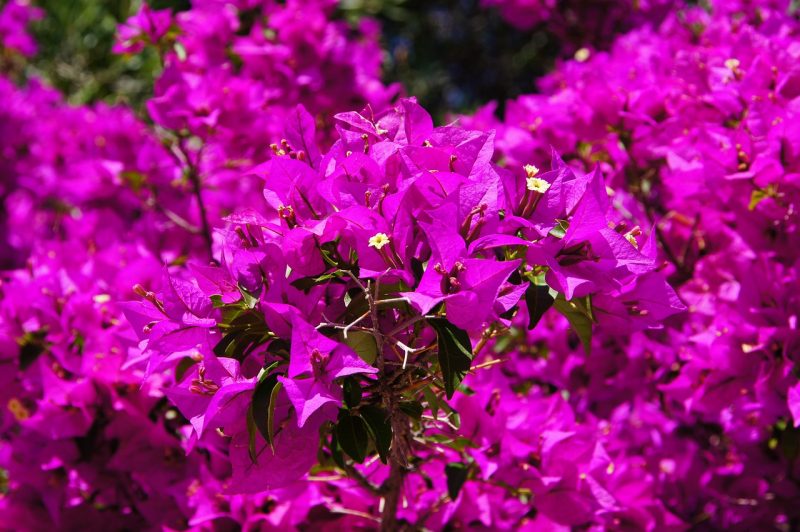
Bougainvillea is a heat-loving plant celebrated for its vibrant bracts that bloom in spring and summer. Best planted in warmer areas like KwaZulu-Natal, it can be started in late August.
This climber requires full sun and well-drained soil. Once established, bougainvillea is drought-resistant and makes for stunning wall covers or trellises that brighten up any space with its vivid colors.
Rosemary
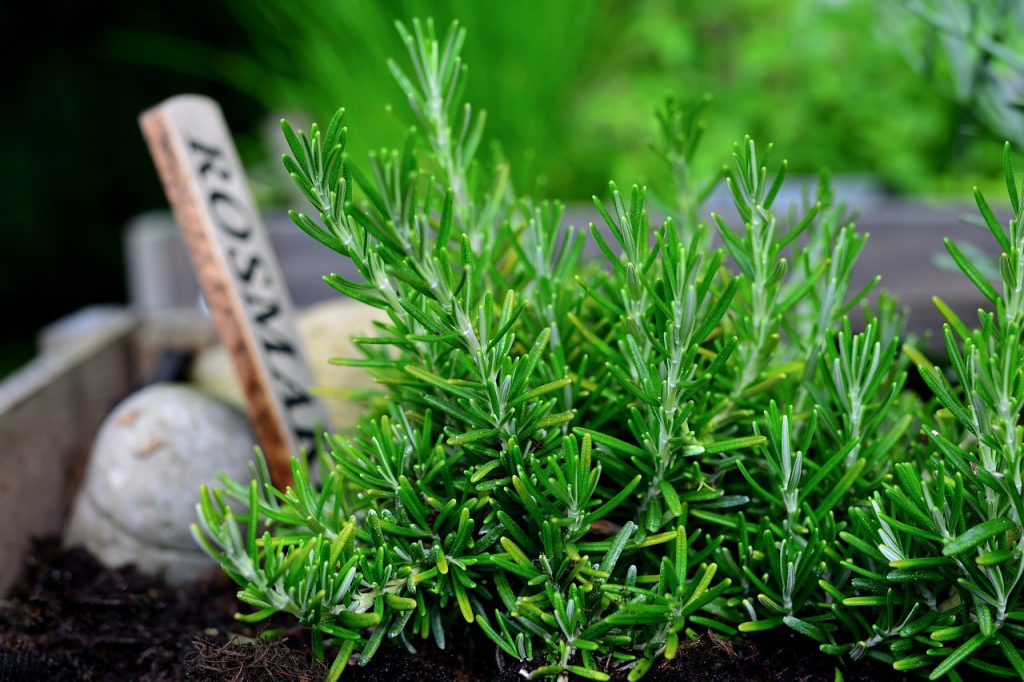
Rosemary (Rosmarinus officinalis) is an evergreen shrub known for its culinary value and aromatic qualities. It thrives in warm, well-draining soil and can be planted in August in regions with moderate temperatures.
For regions with cooler winters, be sure to provide wind protection. Rosemary requires full sun and is drought-resistant once established, often attracting beneficial insects to gardens.
Oleander
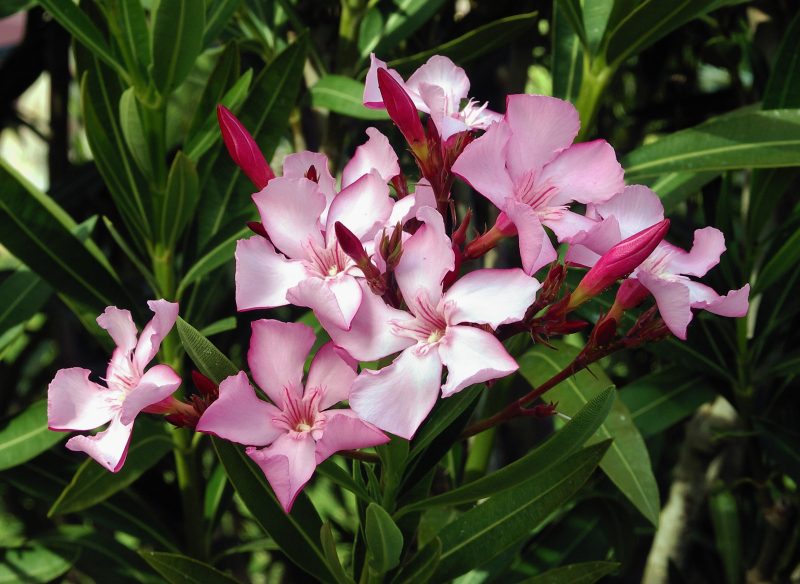
Oleander (Nerium oleander) is a hardy shrub used for screening fences and garden borders. It can be planted in warm climates, making August an ideal planting time for regions such as the Northern Cape.
Oleander thrives in full sun and tolerates drought conditions well. Its attractive flowers require minimal maintenance, providing vibrant blooms that enhance the landscape throughout the year.
Eucalyptus
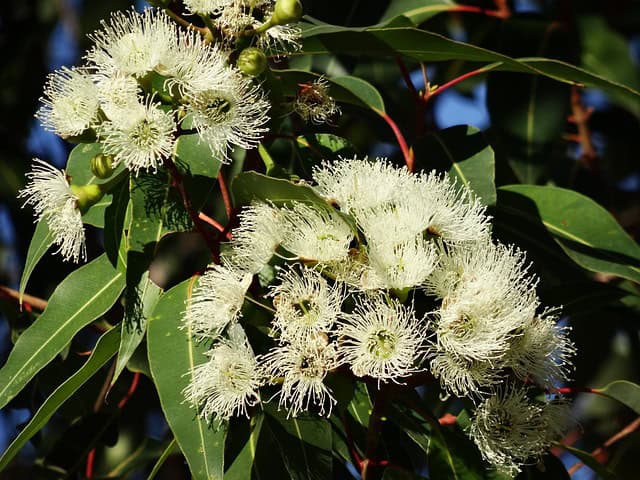
Eucalyptus trees (Eucalyptus spp.) are valuable for their aromatic leaves and wood. When planted in August, eucalyptus can thrive in well-drained soils in many regions across South Africa.
As they establish roots, they can provide shelter and shading, enhancing landscape aesthetics. Care should be taken to manage water during their early growth stages, and they thrive in full sunlight.
Agapanthus
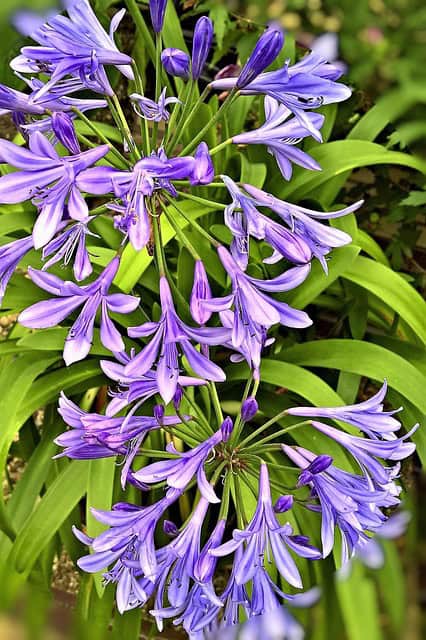
Agapanthus (Agapanthus spp.) offers stunning blue or white flowers in the summer months, making it a popular perennial in South African gardens. It is best to plant in late August as the weather begins to warm.
These plants do well in well-drained soil and can flourish in various conditions, from full sun to partial shade. They are also resilient to drought, making them easy to care for.
Hibiscus
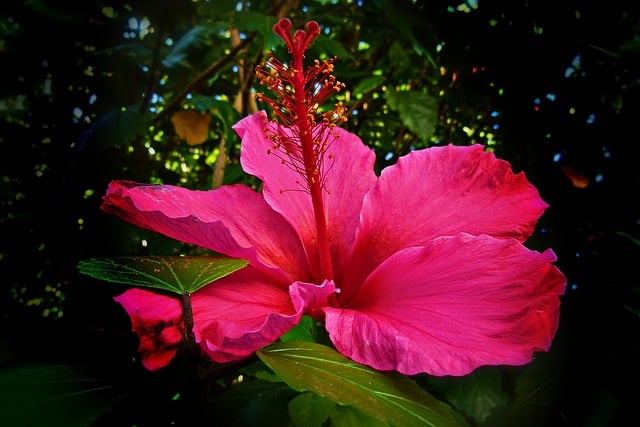
Hibiscus (Hibiscus rosa-sinensis) is known for its large, flamboyant flowers that bloom in vibrant shades. It thrives in warm conditions with well-draining soil, making August an excellent time to plant in many South African regions.
Regular watering is crucial during the establishment phase, yet hibiscus copes well with drought once established. This perennial shrub provides a tropical feel, perfect for garden focal points.
Aloe Vera
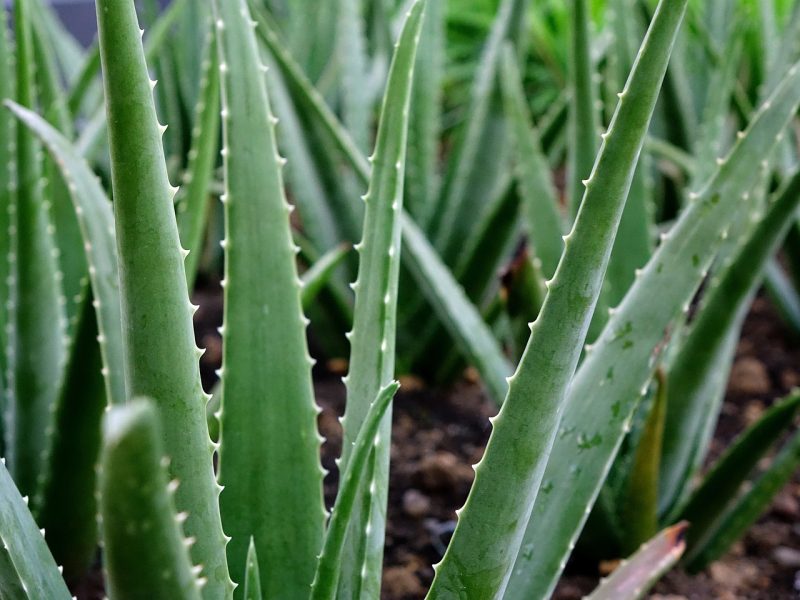
Aloe Vera (Aloe barbadensis miller) is a succulent plant known for its medicinal properties and resilience. It’s well-suited to arid and semi-arid climates, making August a great time to plant in regions such as the Karoo.
This perennial requires full sun and can tolerate dry conditions, thriving in sandy or rocky soils. Expect blooms only after a few years, but the plant’s medicinal qualities are valuable for home gardeners.
Agave
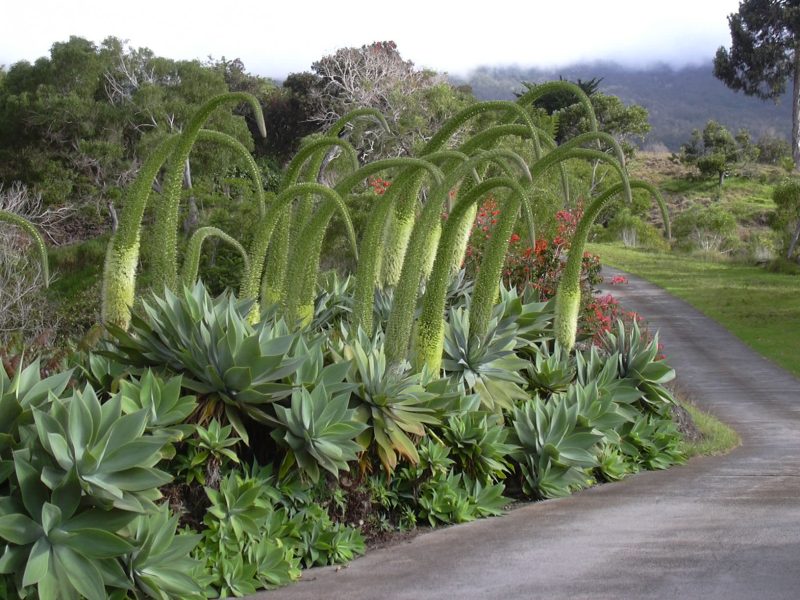
Agave (Agave spp.) is a stunning, low-maintenance succulent ideal for Mediterranean and dry garden landscapes. It is most commonly planted in late August, especially in drier regions.
Agave prefers full sun and poor, well-drained soils, making it drought-resistant once established. Its architectural forms can serve as unique landscaping points, adding visual interest throughout the year.
Camellia
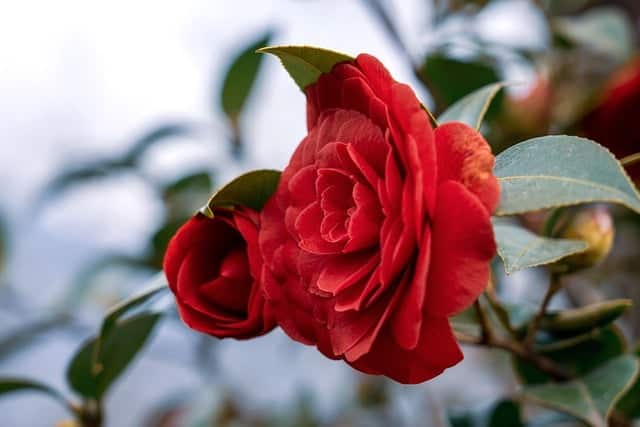
Camellias (Camellia spp.) are elegant shrubs known for their lusciously colored blooms. However, they prefer slightly cooler conditions, so planting should be done in late August in temperate regions like the Western Cape.
They thrive in rich, acidic soils and require partial shade for best performance. While these plants may take time to establish, they provide a fantastic display of blooms in the colder months.


